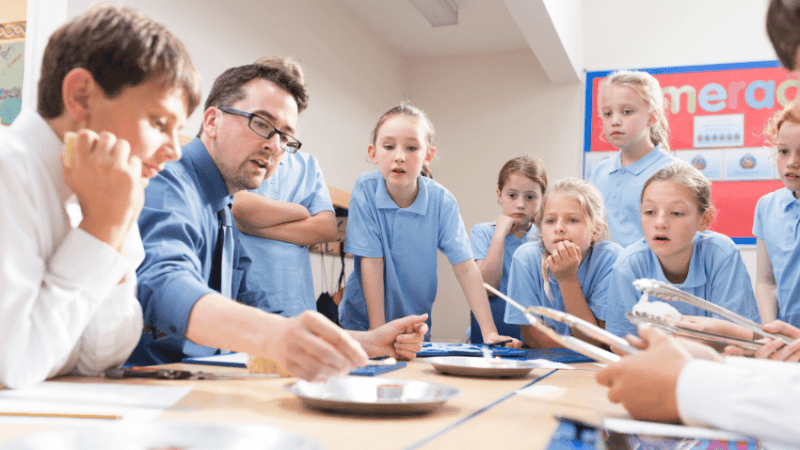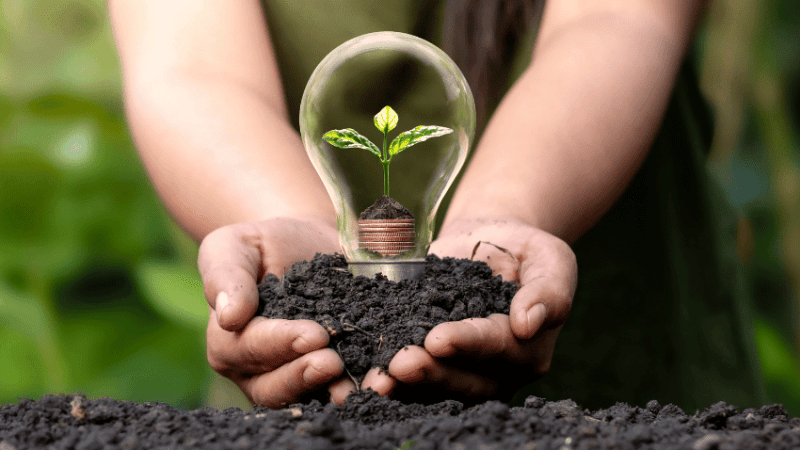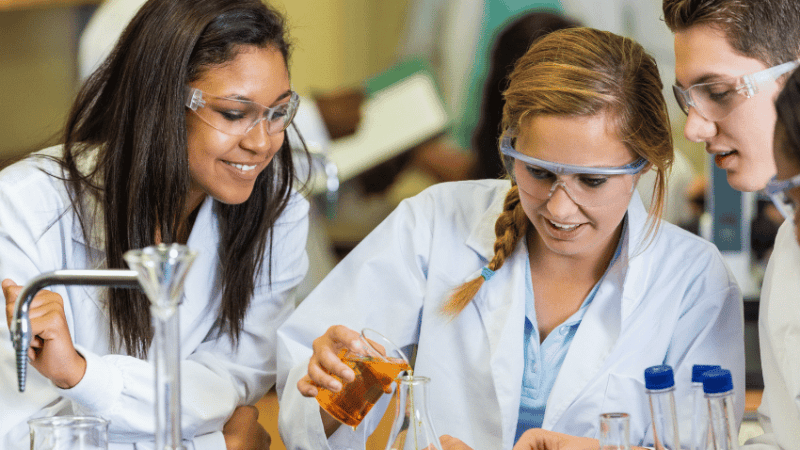Physics lesson plans – Best plans for KS3/4 science

Explore energy, motion, forces and waves with these amazing activities including broadcasting a message into outer space, engaging in meteorology and studying sound by creating your own instruments

- by Teachwire
- Classroom expertise and free resources for teachers
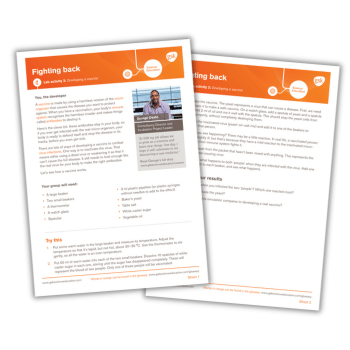
1 | Learn How Tiny A Nanometer Is And Understand The Properties Of Microscopic Particles

A nanometer isn’t just tiny in the way that a grain of sand or a speck of dust is – it’s thousands of times smaller than that. In this lesson, students really get a chance to appreciate what that means, and understand how even microscopic particles can have powerful properties.
Click here to get this free lesson plan.
2 | Explore the Fundamental Physics of Waves with Exciting and Unusual Learning Hooks
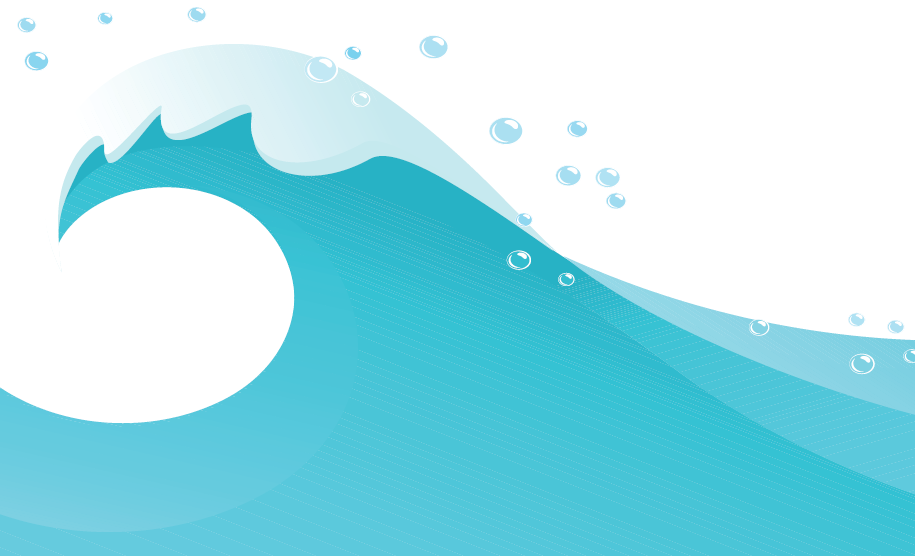
From sinking ships in the Bermuda Triangle to walking with dinosaurs, this lesson uses exciting and unusual learning hooks to explore the fundamental physics of waves.
Click here to get this free lesson plan.
3 | Engaging Meteorology Activities to get Pupils Thinking about Weather, What Influences it, and How it is Predicted
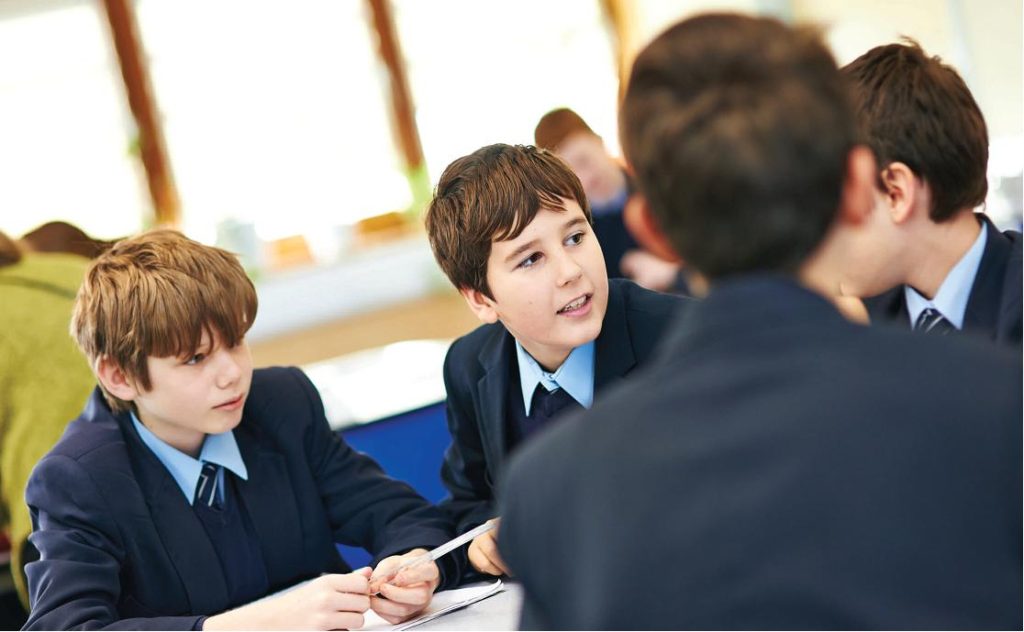
Dr Joanna L Rhodes presents a series of engaging classroom activities and app-based homework suggestions to get your pupils thinking about weather – the factors that influence it, and how weather predictions are made and presented.
From viewing film clips, to making rainbows with water-filled pans and even building their own weather station, there’s plenty here to help your students undertake an exciting exploration of our nation’s favourite topic of conversation.
Click here to get this free lesson plan.
4 | Work In Teams To Broadcast A Message Into The Great Unknown

Are we alone in the Universe? This age old question has gained momentum recently with scientific heavyweights such as Stephen Hawking entering the debate. A newer question has recently been posed, however: should we announce ourselves to other intelligent life in the universe by broadcasting a message into the depths of space? Some scientists consider this strategy, termed ‘Active SETI’, to be a dangerous one.
In this lesson, students carry out research to develop their understanding on both sides of the scientific and moral arguments for and against the Active SETI approach and work in teams to attempt to design a communication of their own.
Click here to get this free lesson plan.
5 | Learn About Our Sun And Determine The Speed Of Light
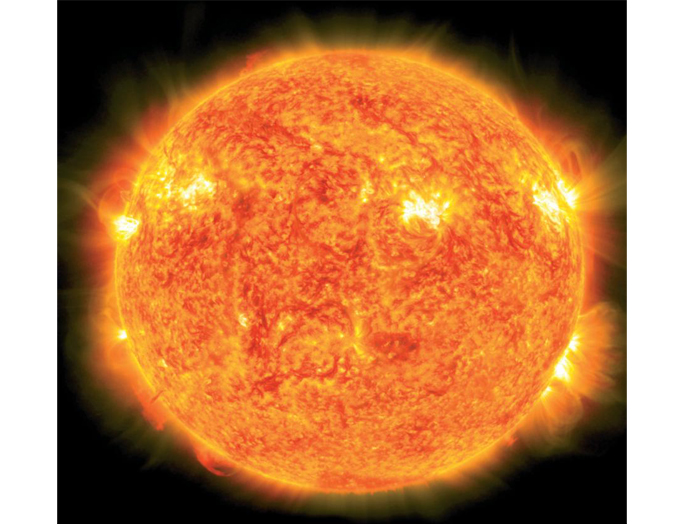
The sky at night is a truly amazing thing – but it offers some pretty spectacular learning opportunities during the day, too. Through the activities outlined here, pupils will learn that our sun is a star that has constant and intense activity taking place on its surface. They will learn about the Aurora Borealis and what it tells us about activity on the sun and coronal mass ejections.
Various methods of investigating solar activity during the daytime are possible and students can make a device to safely view the sun. They will also be able to explain the implications of solar storms on our telecommunications and electrical infrastructure. They will investigate electromagnetic radiation and determine for themselves the speed of light (throughout the activities you should stress the danger of looking at the sun with the naked eye, which can cause permanent blindness).
Click here to get this free lesson plan.
Trending
6 | Embrace The New GCSE Physics Specification With These Ideas
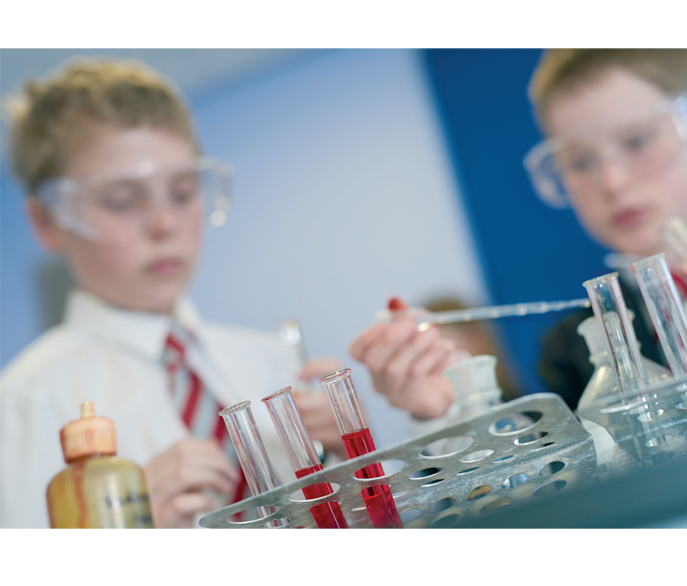
Take students on a journey into the centre of the Earth by travelling on the waves of an earthquake deep into the centre of the earth, excite them with the motion and orbits of the planets and satellites and challenge them with the mathematical content of resolving forces and vector diagrams.
Click here to get this free lesson plan.
7 | Create Your Own Instruments And Calculate The Frequencies Of The Sounds Produced
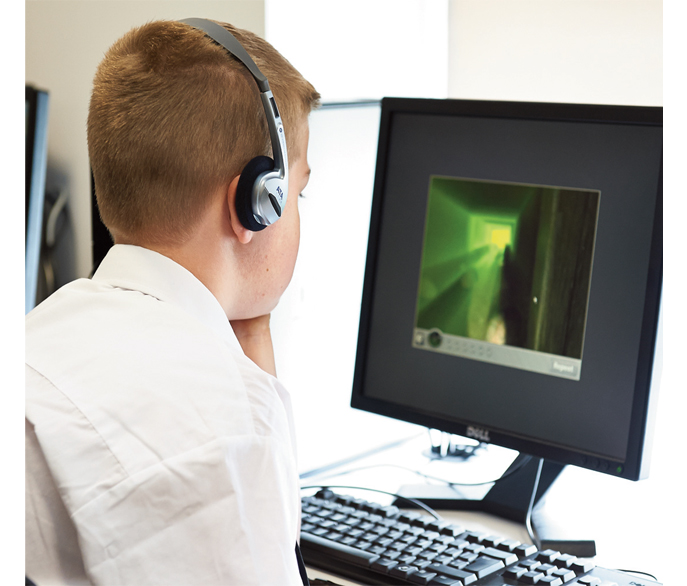
In this noisy and amusing lesson students investigate the physics of music by creating and playing their own musical instruments. You could even create an ‘orchestra’ to perform in assembly.
Students can follow up their performance with detailed descriptions of how their instruments worked, including calculations of the frequencies of sound produced.
Click here to get this free lesson plan.
8 | Weigh Up The Pros And Cons Of Different Power Sources

This lesson explores renewable and non-renewable sources of power and the pros and cons associated with them. It looks at the technical aspects of generation, including transmission of power and the National Grid. It also encourages students to engage with the wider debate concerning the future of power generation within the UK.
Click here to get this free lesson plan.
9 | Use Games To Make The Topic Of Gravitational Waves Accessible To All
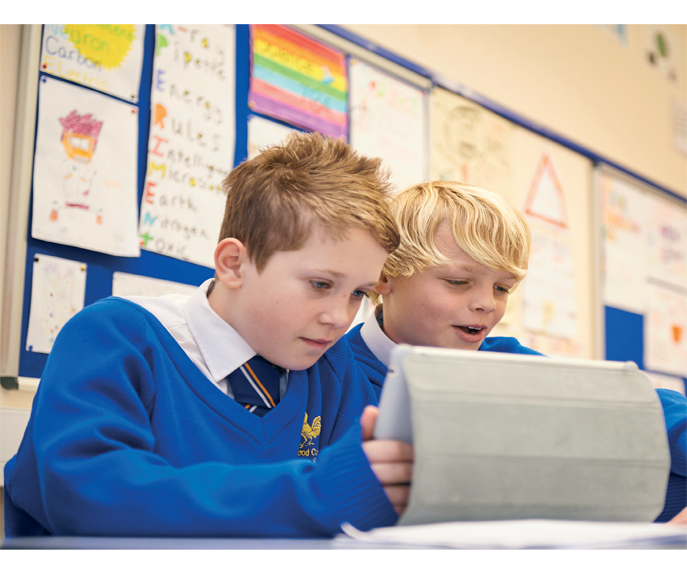
The detection of gravitational waves proves Einstein’s theories surrounding their existence and is a potentially Nobel prizewinning discovery. The aim of this lesson is to make gravitational waves and LIGO accessible to students from KS3 upwards, of all abilities.
These activities can be adapted for a wide range of abilities across KS3 and KS4 and focus on games and competitive activities. As well as learning about some of the specific challenges facing the scientists who design gravitational wave interferometers, your students will also learn about spending a large budget wisely, and about making trade-offs between different interlinked subsystem parameters.





